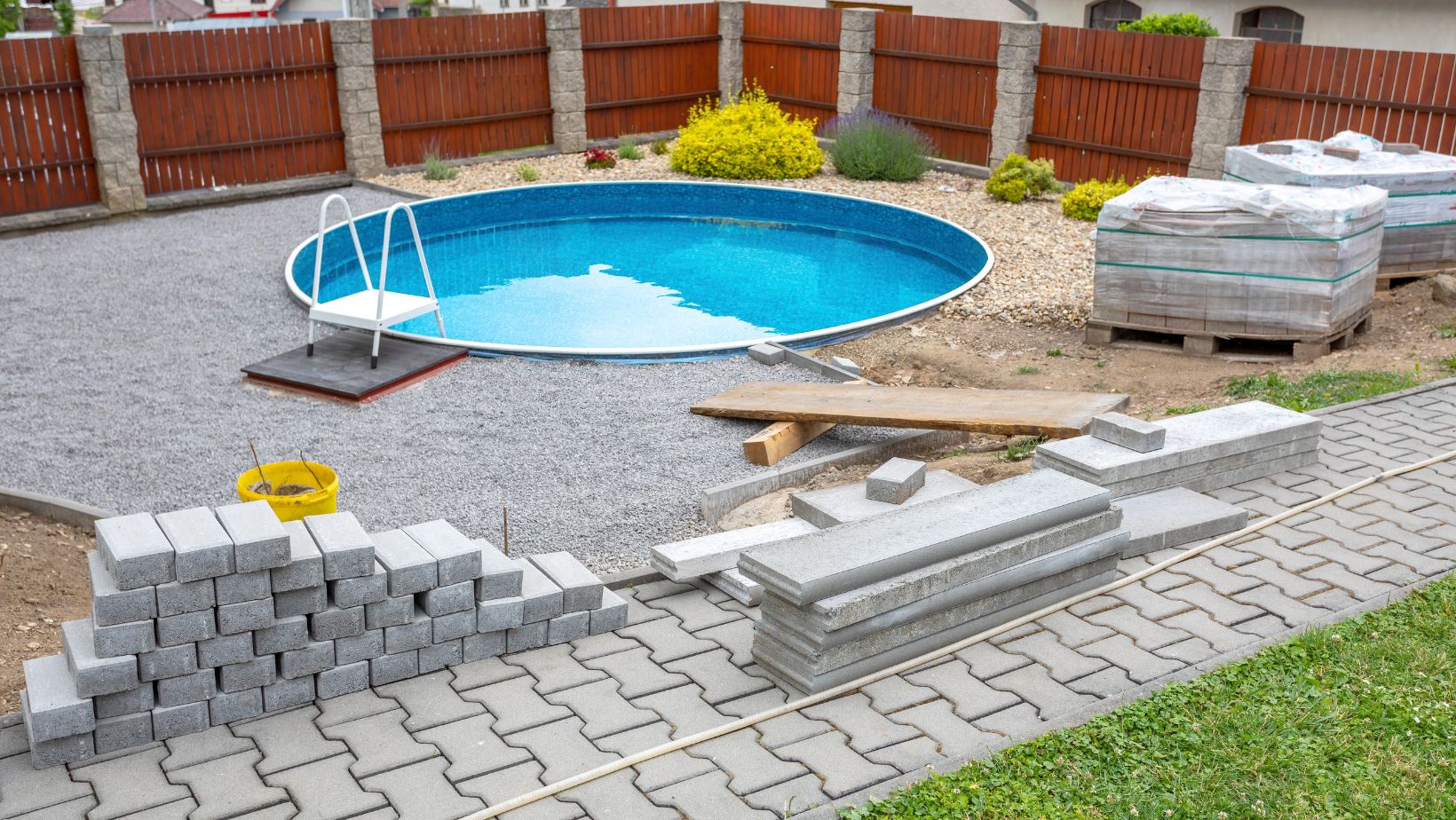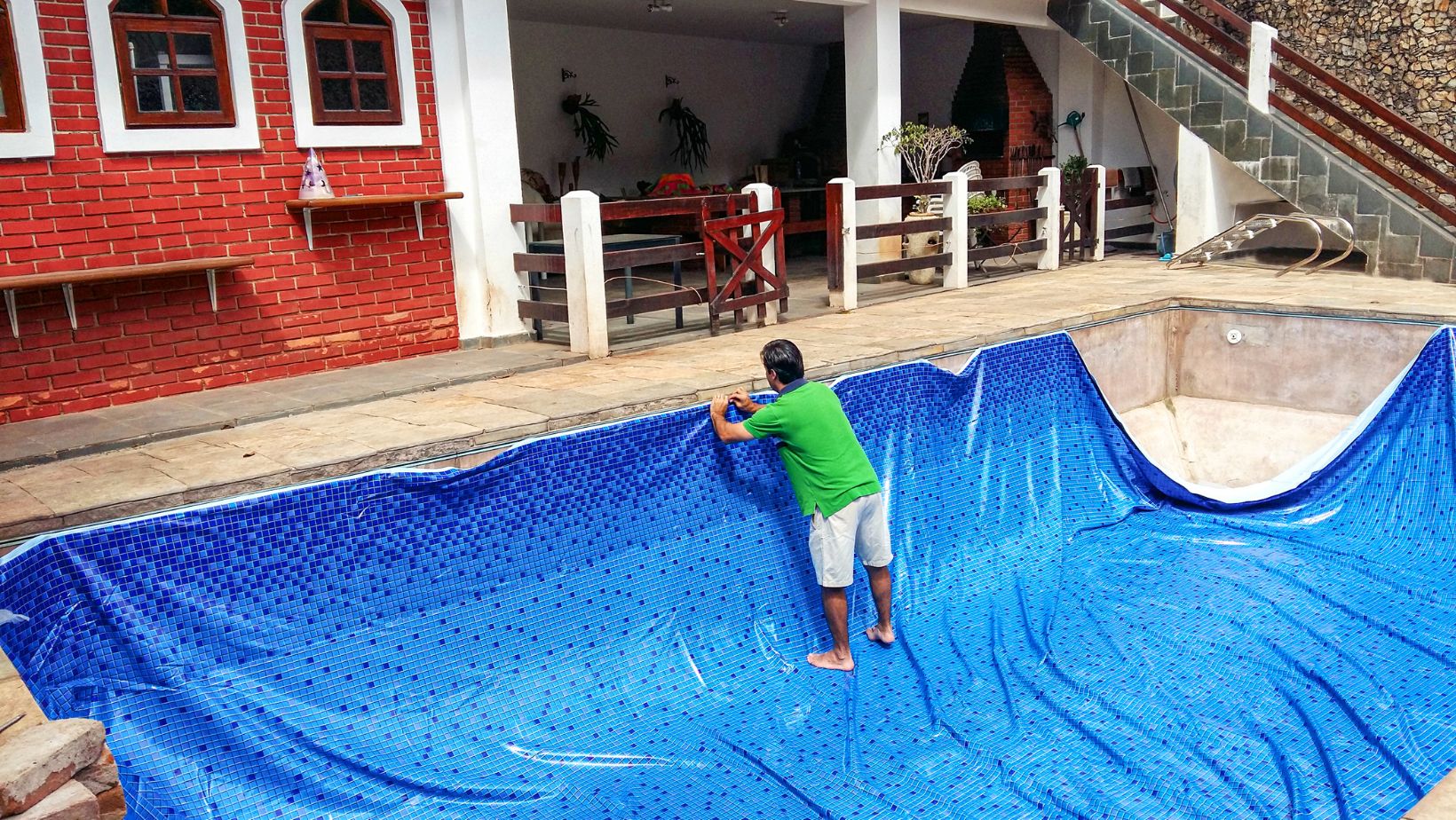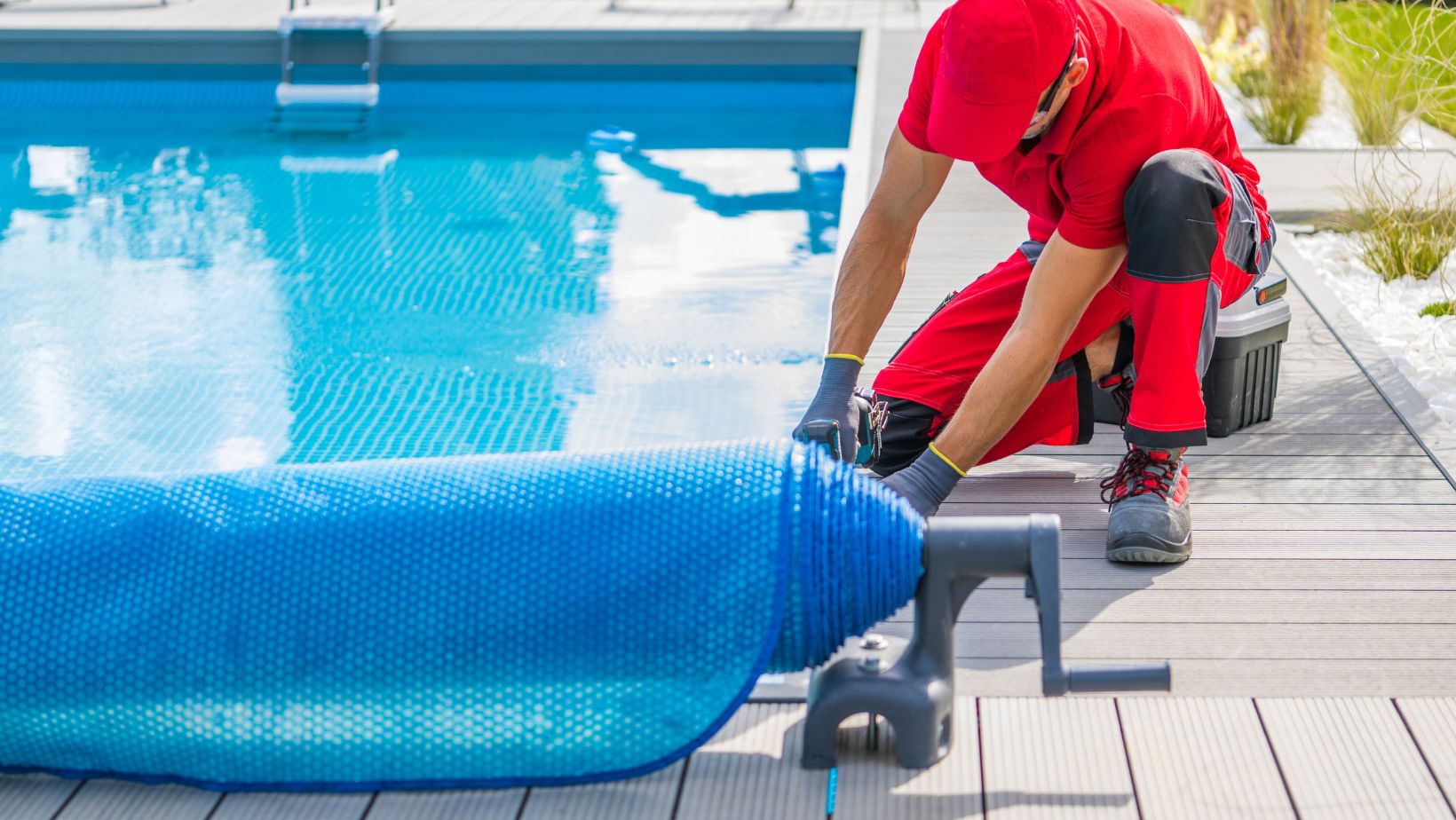An inground pool installation can transform your backyard into a luxurious private retreat while adding value to your home. But before you dive into the deep end of this major home improvement project, it’s essential to plan thoroughly and understand what’s involved. From permits and pool types to budgeting and contractor selection, knowing the key elements upfront will help ensure a smooth and successful pool installation.
Assess Your Property and Know the Permit Requirements
The first step in planning your inground pool installation is to evaluate whether your property is suitable. Your backyard should have enough open space free from major tree roots, slopes, and drainage issues. You’ll also need to check for underground utilities, which may affect pool placement.
Most municipalities require building permits for any inground pool installation, and zoning regulations may limit how close your pool can be to property lines, structures, or utilities. Failing to follow local codes can lead to fines, construction delays, or even the need to tear out the pool. Work with your city or a professional pool contractor to secure all necessary permits before breaking ground.
Choose the Right Type of Inground Pool for Your Needs
When it comes to inground pool installation, you’ll need to decide between three main types: concrete, vinyl liner, and fiberglass.
- Concrete pools offer maximum customization in terms of shape, size, and features, but they also come with the highest cost and longest installation time.
- Vinyl pools are more budget-friendly and quick to install, though the liners may need replacement every 7–10 years.
- Fiberglass pools arrive in one piece and can be installed relatively quickly. They offer a sleek, low-maintenance surface, though customization is more limited.

Understanding the pros and cons of each type will help you choose the best pool for your long-term enjoyment and maintenance capacity.
Budget Beyond the Basics
It’s easy to focus solely on the cost of the pool itself, but a full inground pool installation includes much more. Your budget should cover:
- Site excavation and preparation
- Pool shell or structure
- Plumbing and electrical work
- Filtration and heating systems
- Surrounding landscaping and hardscaping
- Fencing and safety features
Don’t forget about ongoing costs like water treatments, utilities, and routine maintenance. A well-planned budget will prevent costly surprises and keep your project on track from start to finish.
Timing Matters: Consider the Season and Installation Timeline
A typical inground pool installation can take anywhere from 6 to 12 weeks, depending on the type of pool and the complexity of your project. Weather can also affect the timeline—installing in the spring or early summer allows you to enjoy your pool sooner, but contractors may be booked months in advance. Fall installations can be more flexible but could encounter weather delays.
Understanding the expected timeline will help you plan accordingly, especially if you have events or vacations that coincide with your pool’s completion.
Hire the Right Pool Contractor
Choosing the right professional is critical to a successful inground pool installation. Look for contractors who are licensed, insured, and experienced in your area. Ask to see their portfolio of completed projects and read reviews from previous clients.

A reputable pool contractor should provide a detailed quote and timeline, answer your questions transparently, and help you navigate permit requirements. Don’t be afraid to get multiple estimates—it’s a big investment, and you want to be confident in your choice.
Plan for Custom Features and Future Use
Think beyond just the pool structure. Today’s inground pool installations often include features like built-in spas, LED lighting, waterfalls, tanning shelves, and smart automation systems. Consider how your family plans to use the space—do you need a shallow area for kids? A lap lane for exercise? A heater for year-round use?
Safety is also crucial. Additions like safety covers, alarms, and non-slip surfaces protect your investment and your loved ones. Planning these details early will ensure your inground pool installation delivers maximum enjoyment and peace of mind.
Ready to Dive In? Make Sure You’re Prepared
An inground pool installation is a significant investment that requires careful planning and execution. From evaluating your property and choosing the right pool type to hiring a reliable contractor and budgeting for extras, each step plays a critical role in the success of your project.
When done right, an inground pool installation provides a lifetime of enjoyment, increases property value, and enhances your outdoor living space. By educating yourself and working with trusted professionals, you’ll be well on your way to creating a backyard oasis that fits your lifestyle for years to come.


More Stories
Smart Solutions for Modern Homes: From Exterior Upgrades to Innovative Kitchen Products
Why Small Roof Leaks in Sydney Homes Should Never Be Ignored
How to Choose the Right Tool for Your Backyard Battles